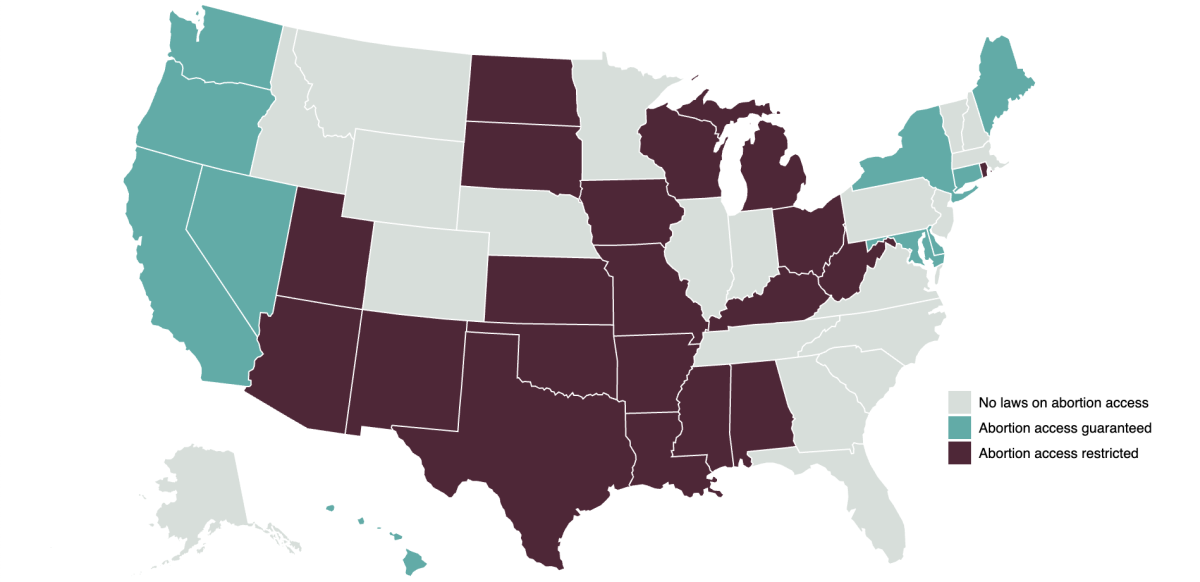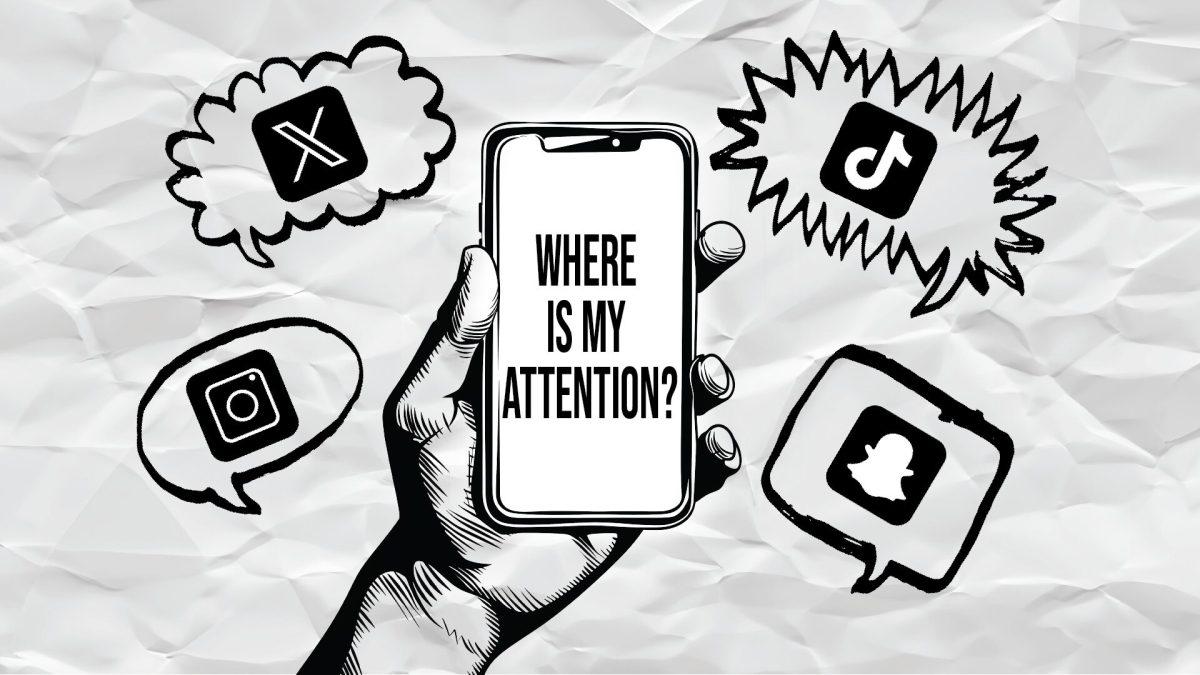_Sydney Lewis is a first-year journalism and political science major at MU. She is an opinion columnist who writes about politics and identity for The Maneater._
In the wake of Ruth Bader Ginsburg’s death, many reflect on her legacy and the world she leaves behind. There is no doubt that she paved the way for women, especially in law, and was a key vote in many important Supreme Court cases.
Her death leaves many Americans feeling hopeless over the fate of our country, something she likely carried on her shoulders for the past several years as she battled pancreatic cancer.
Her death opens up a wide debate over her replacement, with some making speculations less than an hour after news of her death broke. The decades-long debate over Supreme Court appointments during election years is perhaps most important in 2020. President Donald Trump has exacerbated the division in the U.S. and has raised questions over the legitimacy of his position, making the November election much more consequential.
Similar events of 2016 set a precedent for how this should be handled.
Supreme Court Justice Antonin Scalia died in February of 2016, and then-President Barack Obama nominated Merrick Garland one month later. At that point, the election was eight months away.
In 2016, the Senate refused to hold a vote on Obama’s nomination. Senate Majority Leader Mitch McConnell said, “let’s let the American people decide. The Senate will appropriately revisit the matter when it considers the qualifications of the nominee the next president nominates, whoever that might be.”
Ginsburg died less than two months from the election and Trump is expected to nominate the next justice just a week later. But this time, “President Trump’s nominee will receive a vote on the floor of the United States Senate,” McConnell said, despite Ginsburg’s dying wish that she vocalized in the days leading up to her death that she “not be replaced until a new president is installed.”
So far, two Republican senators, Alaska Senator Lisa Murkowski and Maine Senator Susan Collins, have said the Senate should not vote on the next nominee until the next Presidential term.
“I did not support taking up a nomination eight months before the 2016 election to fill the vacancy created by the passing of Justice Scalia. We are now even closer to the 2020 election — less than two months out — and I believe the same standard must apply,” Murkowski said.
President Trump is expected to announce his nominee to replace Ginsburg next week.
“It will be a woman … I think it should be a woman because I actually like women much more than men,” Trump said at a campaign rally in Fayetteville, N.C.
The Court’s vacancy puts significant pressure on the upcoming election. If the Senate can’t confirm Trump’s nominee in time for the election, voters will decide which way the Supreme Court will swing. If former Vice President Joe Biden wins and the Senate remains in Republican control, there is potential for political gridlock.
Prior to Ginsburg’s death, the Court held a 5-4 conservative majority. If Trump appoints a new nominee, it will become a 6-3 majority that could last for decades.
If Trump fills the seat before the election and Democrats take over the executive and legislative branches in 2021, there is potential for another appointee to the Supreme Court. Massachusetts Senator Ed Markey called for Senate Democrats to “expand the Supreme Court.”
In 2021, Democrats could appoint enough justices to take back the majority by expanding the Supreme Court. To do that, Democrats would need to appoint four liberal justices, bringing the total on the court to 13.
There is no official limit to how many justices can be on the court. The Judiciary Act of 1869 set the number at nine, but Congress can change that. However, this sets a dangerous precedent for future presidencies and potentially further dismantles the separation of the three branches of government. If Biden appoints four new justices, the next Republican president could simply appoint two conservative justices to take back the majority, granted they also have control of the Senate.
Abortion rights are arguably the most impacted by this vacancy. In 1973, the Court decided in Roe v. Wade that access to abortion is a constitutional right. Roe v. Wade is at risk of being overturned if another conservative judge gets appointed to the court.
If the case is overturned, access to abortion is up to the states. Ten states guarantee the right to an abortion, 20 states restrict access and 20 states do not have any laws regarding access. In Missouri, if Roe v. Wade was overturned, abortion would be banned, and only allowed in cases of life endangerment or severely compromised health.
In 2018, 6,125 abortions were performed in Missouri, according to the Missouri Department of Health. Overturning of Roe v. Wade would leave thousands of people in Missouri without access to abortion services. The same goes for the other states that will restrict abortion.
Millions of people’s access to abortion should not have rested on Ruth Bader Ginsburg’s shoulders. The fact that it did points to a fundamentally flawed system that voting simply cannot fix.
_As part of its commitment to highlighting organizations fighting for racial justice, the Maneater is encouraging readers to donate to The Black Trans Advocacy Coalition, an organization with the mission to “help improve the black transgender human experience by overcoming violence and injustice in the world through the power, value and love of all people.” Donate at: https://blacktrans.org/donate/._













